Most people are aware that Botox can be used to reduce wrinkles, but some assume that it can be used all over the face. Actually, other treatments are required depending on the causes and area of the wrinkles.
An easy way to remember Botox’s usage is – Botox is used from the eyes up and dermal fillers from the eyes down. it’s a good idea to keep in mind that it’s also important to have a healthy skincare regimen and use the right products.
When Is Botox The Right Treatment?
It is thought that our facial expressions are developed from people closest to us; usually our parents. If our parents are worriers and frown a lot, chances are we tend to be frowners too.
When our skin is very elastic and full of collagen during our younger years, the skin snaps back after a frown. As the collagen decreases with age, the wrinkles caused by frowning stays, even at rest, and grow deeper.
Botox blocks the message being sent to the muscle and stops the muscle movement that causes these wrinkles. A good test for Botox candidacy — touch your face slightly with one finger as you frown. If you can feel the muscle contracting, then this is an indication that Botox will likely be an effective treatment in this area for lines.
Proper Botox Assessment
Our expert team will always perform a full assessment. We will only provide the treatment if we know it will lead to your desired results and if it is safe for you. Stay clear of walk-in clinics who don’t follow this practice. Not every clinic offers the high level of care that we do at Thrive Skin + Wellness, therefore we recommend great care when choosing a clinic.
It is best to treat wrinkles when they are faintly visible while frowning. Once they are more pronounced while at rest, they can still be treated but cannot always be removed completely.
In Conclusion
We can advise you on the best, nonsurgical alternative if Botox is not the right treatment for you. Schedule a complimentary consultation today to discuss Botox and how we can help.





